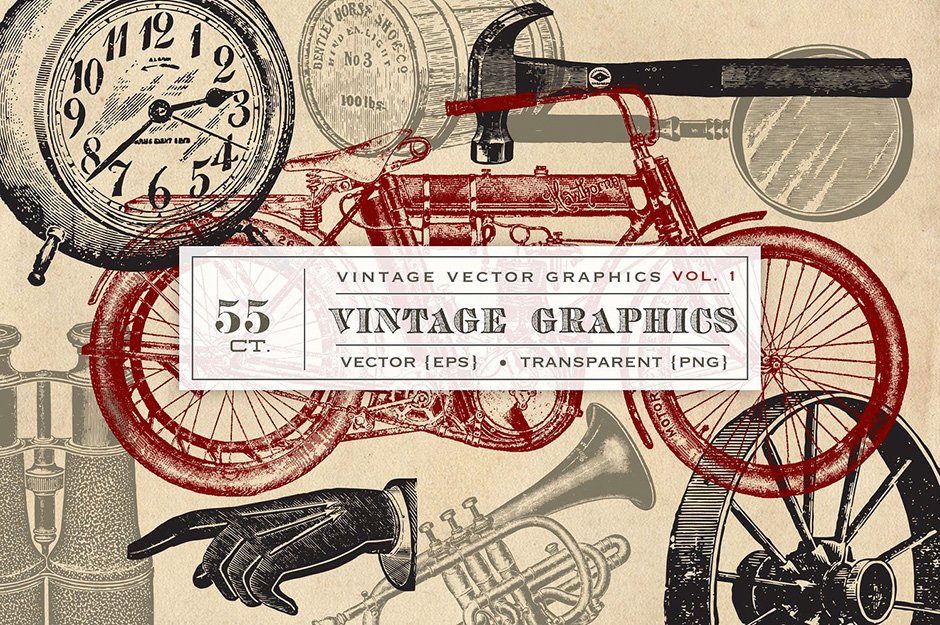Promotional image
Tackle complex, multi-step tasks. Agent mode reads your codebase, suggests edits across files, runs terminal commands, and responds to compile or test failures — all in a loop until the job is done shazam casino no deposit bonus 2025. Further refine agent mode to fit your team’s workflows with VS Code extensions and Model Context Protocol (MCP) servers.
VS Code predicts your next move as you code. Use the Tab key to accept AI-powered suggestions right in your editor. It intelligently recommends what to change — and where — based on the edits you’re already making.
VS Code ships monthly releases and supports auto-update when a new release is available. If you’re prompted by VS Code, accept the newest update and it will be installed (you won’t need to do anything else to get the latest bits).
Vintage graphic
American illustrator Anne Taintor often takes on themes like domestic stereotypes. Her collages combine vintage images under a humorous modern lens inviting the viewer to take a closer look. A bit of an outlier on this list, Taintor’s work harkens back to popular Mid-Century collage techniques in design and fine art.
1 Daisy Botanical This is a very sweet daisy botanical from the 1850’s. The image shows a daisy from the front, one from the back, and a bud. The hand colored image shows springy green leaves with white petals and a bright yellow flower center.
Bauhaus is a niche design style inspired by an art school in Germany that was widely influential during the 1920s and 1930s. A founder of Modernism in Germany, the Bauhaus movement championed simple, minimal graphics and bold, poster-box colors.
Inspired by the punk music scene of the late 1970s and 1980s, the punk style is anarchic and attention-grabbing. A daring and divisive retro graphic design style, punk broke all the rules and refashioned them in a haphazard and confrontational way. Newspaper collages, hand-written typography, and clashing neon color palettes took their aesthetic cues from the grittiness and noise of punk music gigs and the safety-pin-strewn outfits of punk fans.
Look at a shiny modern digital print, and you’ll probably place it as having being made recently. You might guess the age of a print with slightly more pixelation and a duller color as being of the 1950s or 1960s. A print with yellowing, curled, or ripped edges and serious signs of damage or decay looks even older—possibly 19th or early 20th Century.

Cinematic artwork
Cinematic framing involves the strategic arrangement of elements within a scene to direct the viewer’s attention and enhance the narrative. Painters have adopted this technique to create a sense of movement and story within their static compositions. By using techniques such as close-ups, wide shots, and off-center framing, artists can evoke the feeling of a film still, drawing the viewer into the scene and encouraging them to imagine the unfolding narrative.
Emerging trends at the intersection of film and painting suggest a continued evolution of these interdisciplinary practices. One significant trend is the growing use of augmented reality (AR) and virtual reality (VR) in art. These technologies allow artists to create immersive environments that combine painted elements with interactive digital components, offering viewers a more participatory role in the narrative. This trend is exemplified by artists like Olafur Eliasson, who uses AR to extend the boundaries of traditional sculpture and painting.
Film directors often use color palettes strategically to evoke specific emotions and atmospheres, a technique that painters have also adopted. By carefully selecting and harmonizing colors, artists can create a particular mood or tone that enhances the narrative of the painting.
The fusion of film and painting has significantly influenced contemporary art, creating a dynamic interplay between these two mediums. This convergence has blurred the traditional boundaries, leading to innovative approaches that incorporate elements from both art forms. The result is a richer, more multifaceted form of expression that leverages the strengths of each medium to enhance narrative depth and visual impact.